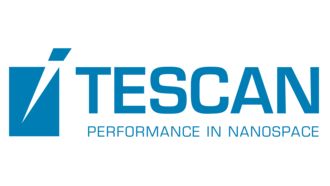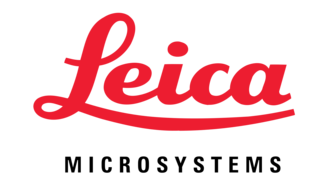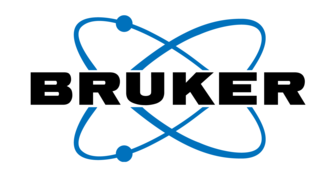From Micrometer to Sub-Angstroem Resolution – the Development of the Electron Microscope
Electron microscopy is based on the fundamental discoveries made in 1924 by Louis de Broglie who postulated that a wave is attributed to each elementary particle and in 1926 by Hans Busch who showed that the magnetic field of a solenoid acts on electrons in the same way as a glass lens on the light rays.
It had been these two fundamental discoveries which initiated Ernst Ruska to realize an electron microscope in 1931. Unfortunately, round electron lenses suffer from large unavoidable aberrations which limit the resolution of any electron microscope to about 100 wavelengths, as shown by Otto Scherzer in 1936. Fortunately, he found an ingenious way in 1947 to enable aberration correction by employing non-rotationally symmetric elements.
However, all subsequent experiments to improve the resolution by means of various correctors failed because the resolution was limited by mechanical and electrical instabilities rather than by the defects of the electron lenses. Owing to these facts experiments on aberration were abandoned in the mid 1980th after a group of experts in the US had concluded that the successful realization of aberration correction was “unthinkable”. As a result, funding on aberration correction was stopped worldwide.
Experimental work on aberration correction was resumed in 1992 within the context of the “Volkswagen Project” aimed to improve the resolution limit of a 200 kV transmission electron microscope (TEM) by eliminating the spherical aberration and the coma of the objective lens by means of a novel highly symmetric aplanatic hexapole corrector. In addition, an effective alignment procedure was developed which enables a precise and fast elimination of the spherical aberration and of all resolution-limiting parasitic aberrations originating from mechanical inaccuracies, magnetic inhomogeneities, and misalignment.
By means of these measures the resolution limit of a commercial 200kV TEM was reduced from 2.1Å (100λ) to 1.4Å in 1997. In the meantime this limit has been lowered further to about 0.5Å in the frame of the US TEAM project. In April 2016, the SALVE Project ended with spectacular success. Within the frame of this project, which aimed to obtain atomic resolution of radiation-sensitive objects at low voltages, the resolution limit has been reduced to 15λ giving sub-Å resolution down to 40kV. First promising results will be presented.
H. Rose, Ulm University, Albert-Einstein-Allee 11, 89081 Ulm, Germany
Registration and Abstracts
This site uses cookies.
Some of these cookies are essential, while others help us improve your experience by providing insights into how the site is being used.
For more detailed information on the cookies we use, please check our Privacy Policy.
-
Necessary cookies enable core functionality. The website cannot function properly without these cookies, and can only be disabled by changing your browser preferences.




